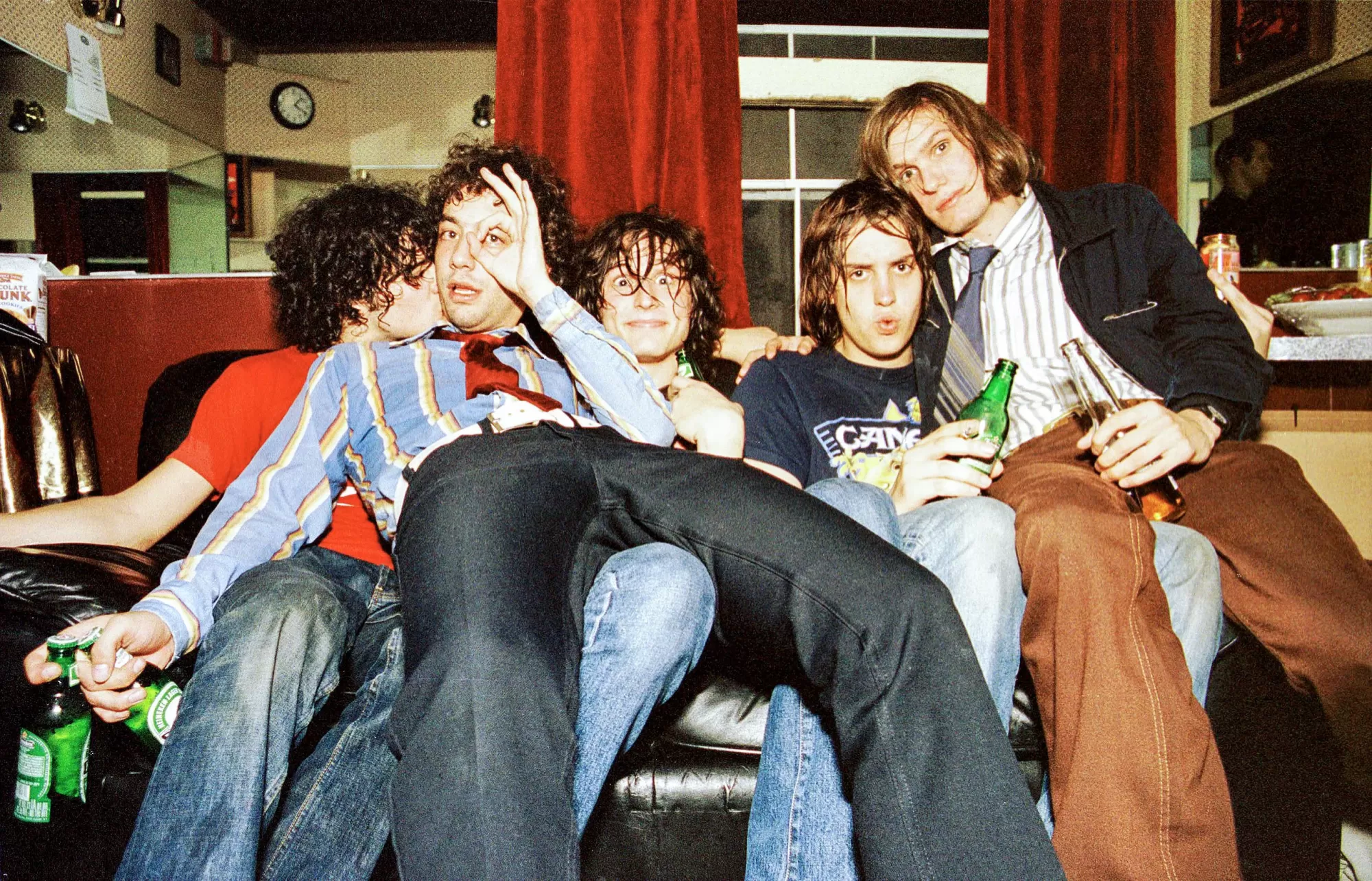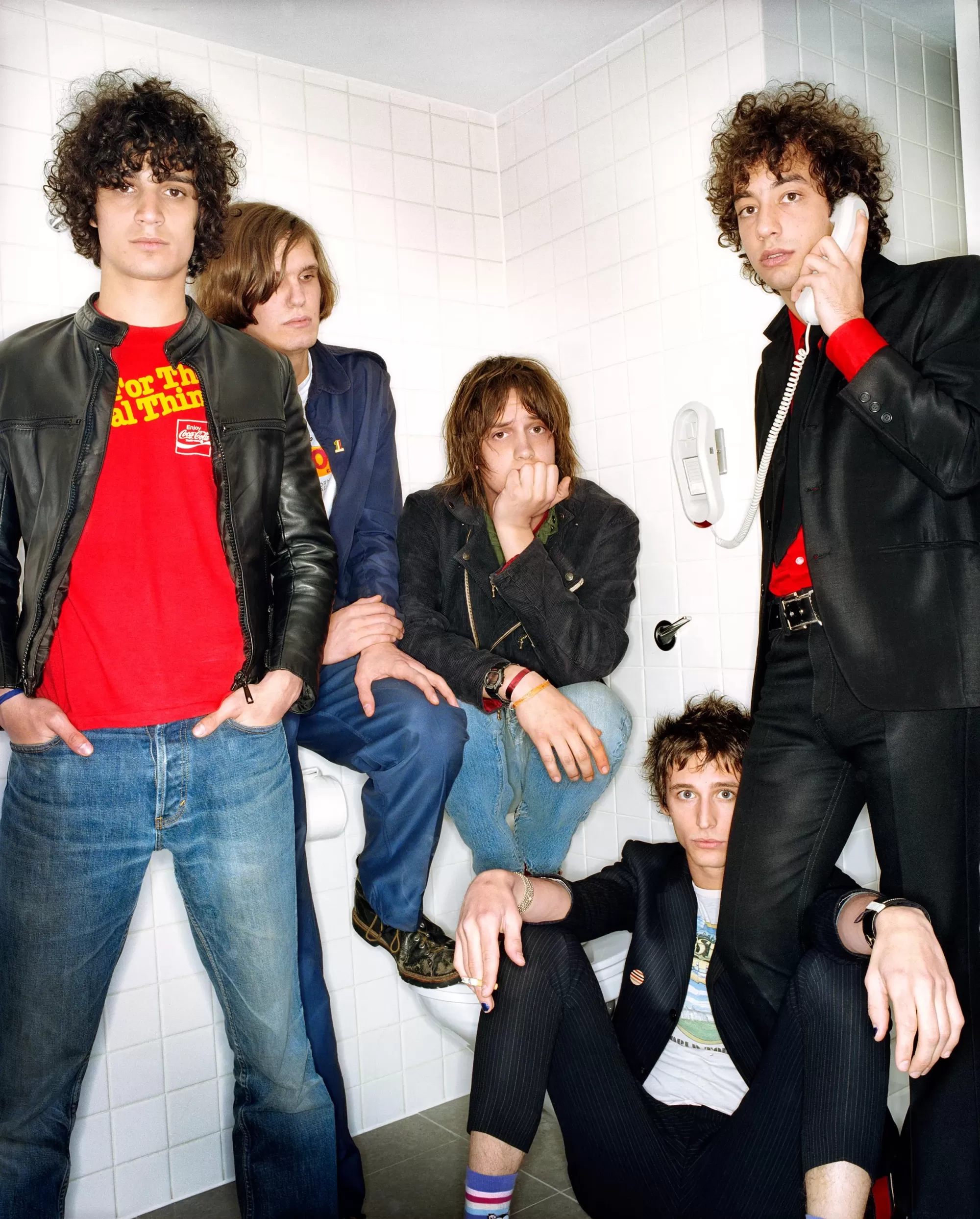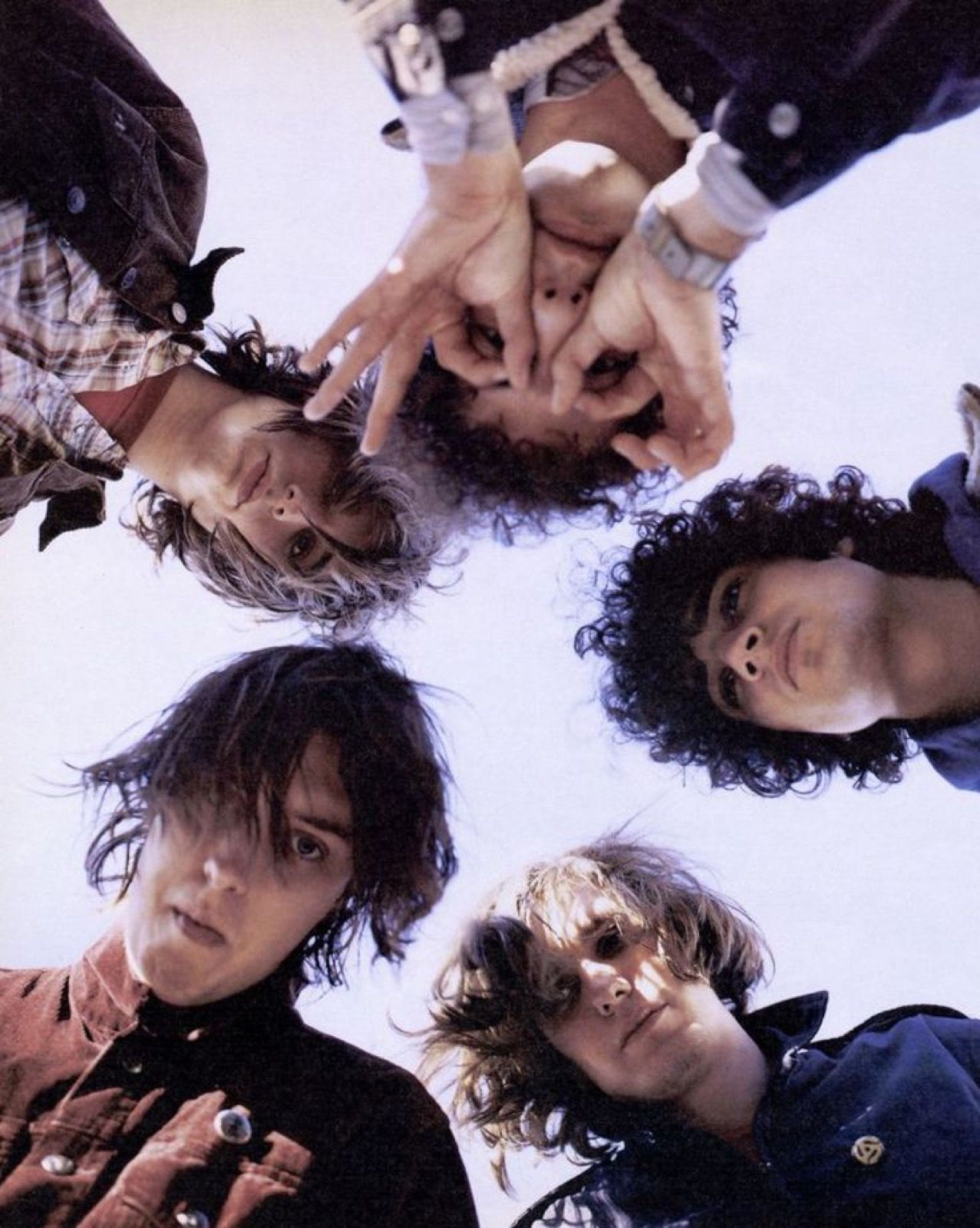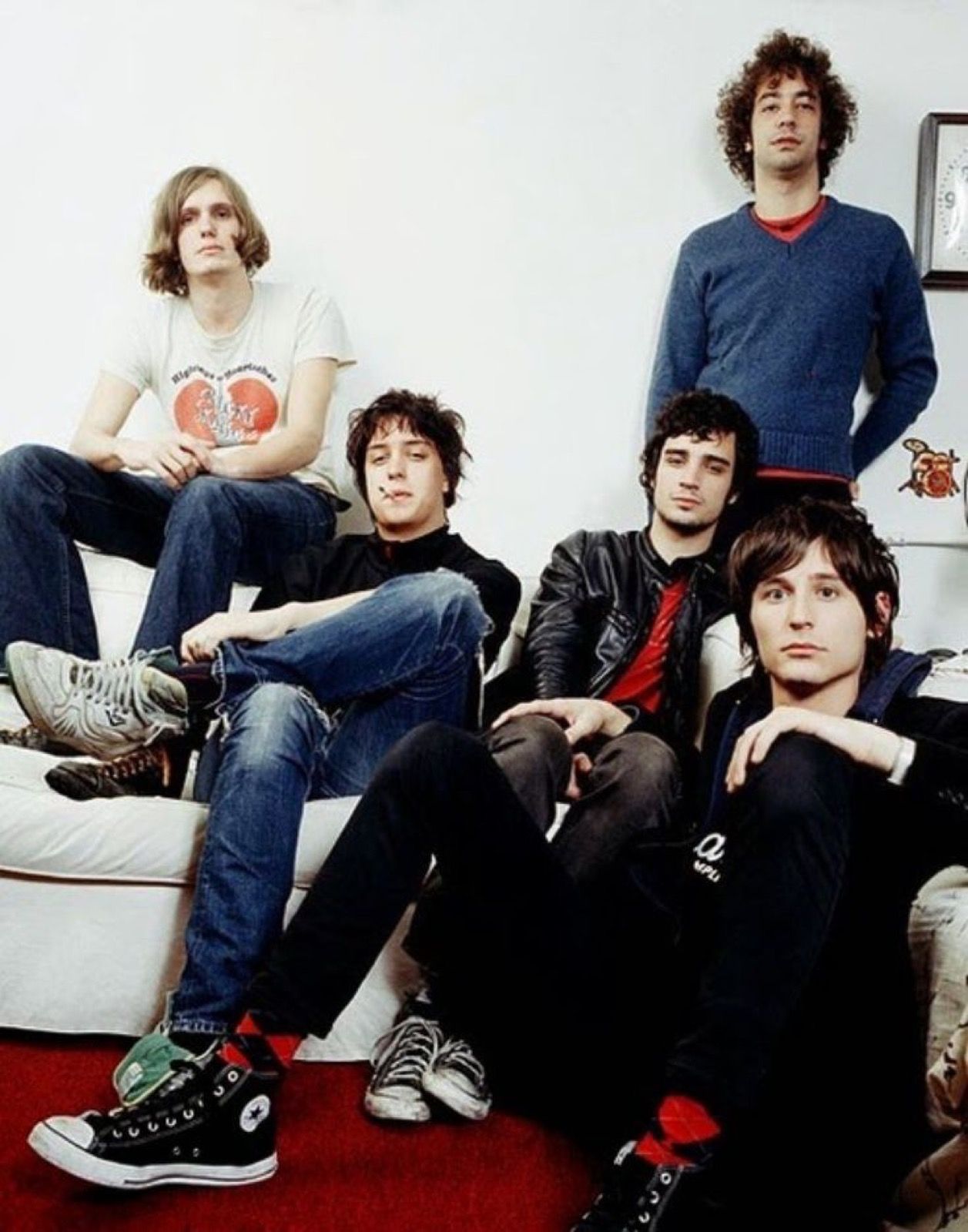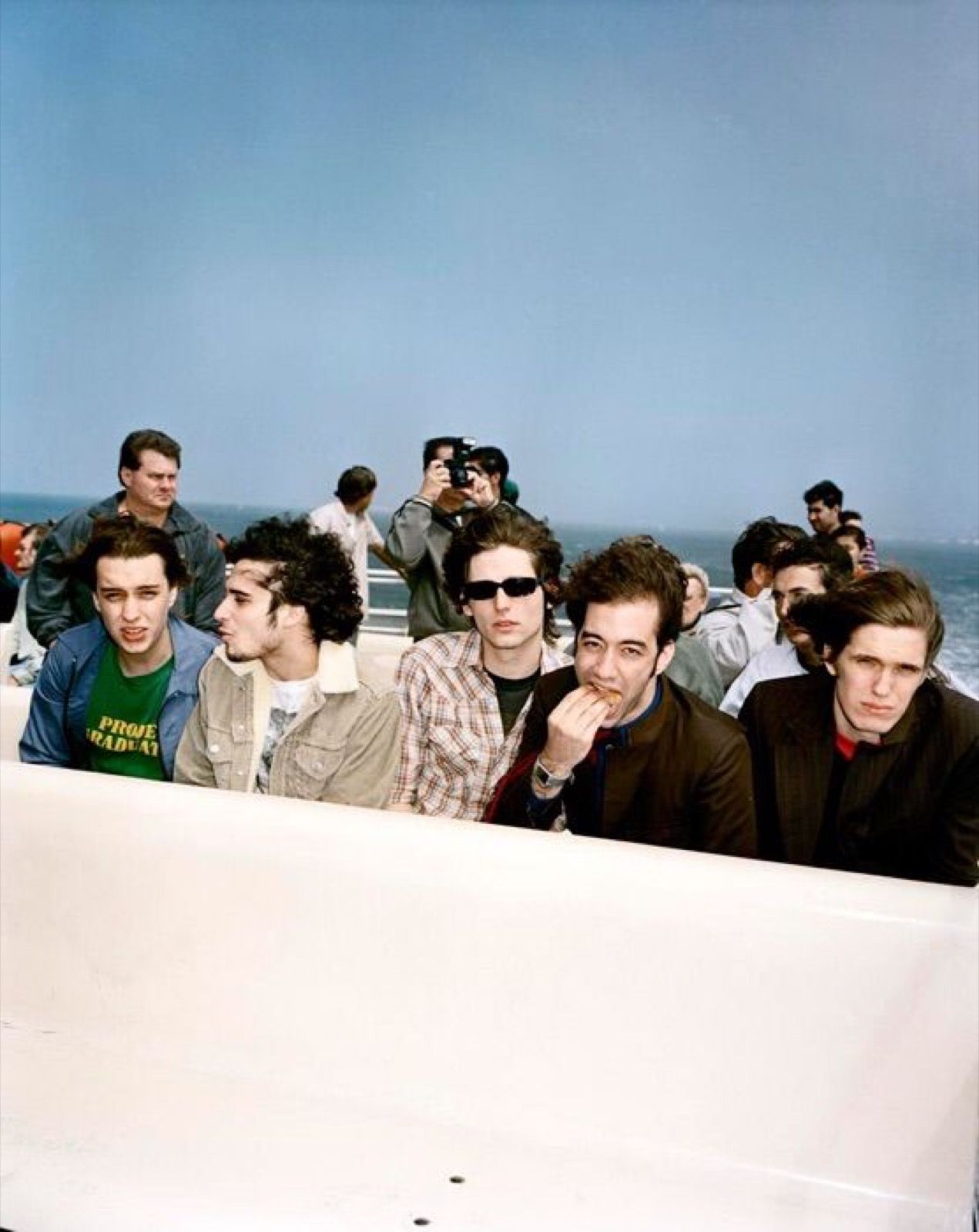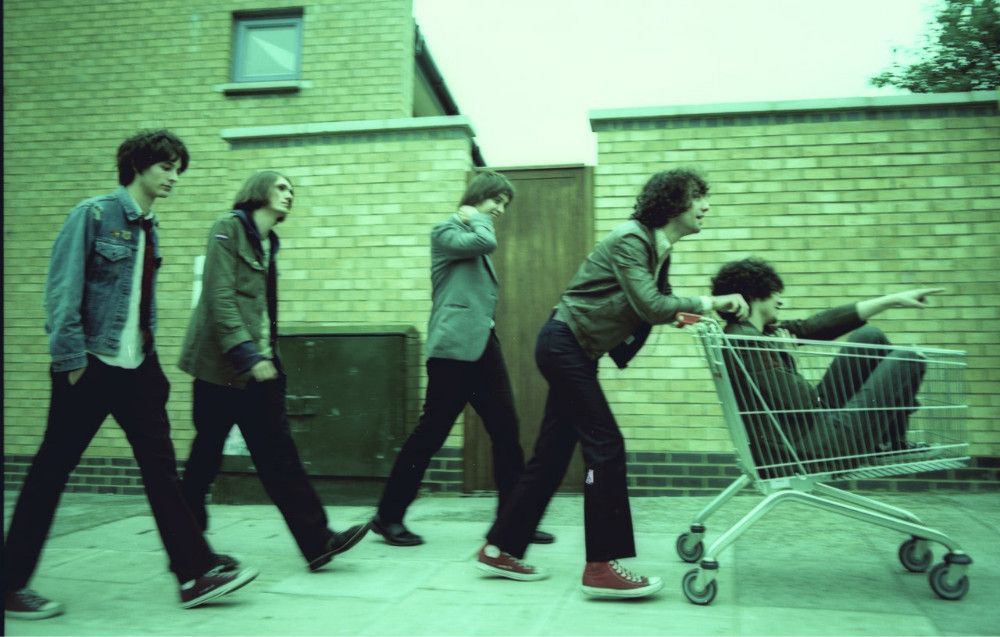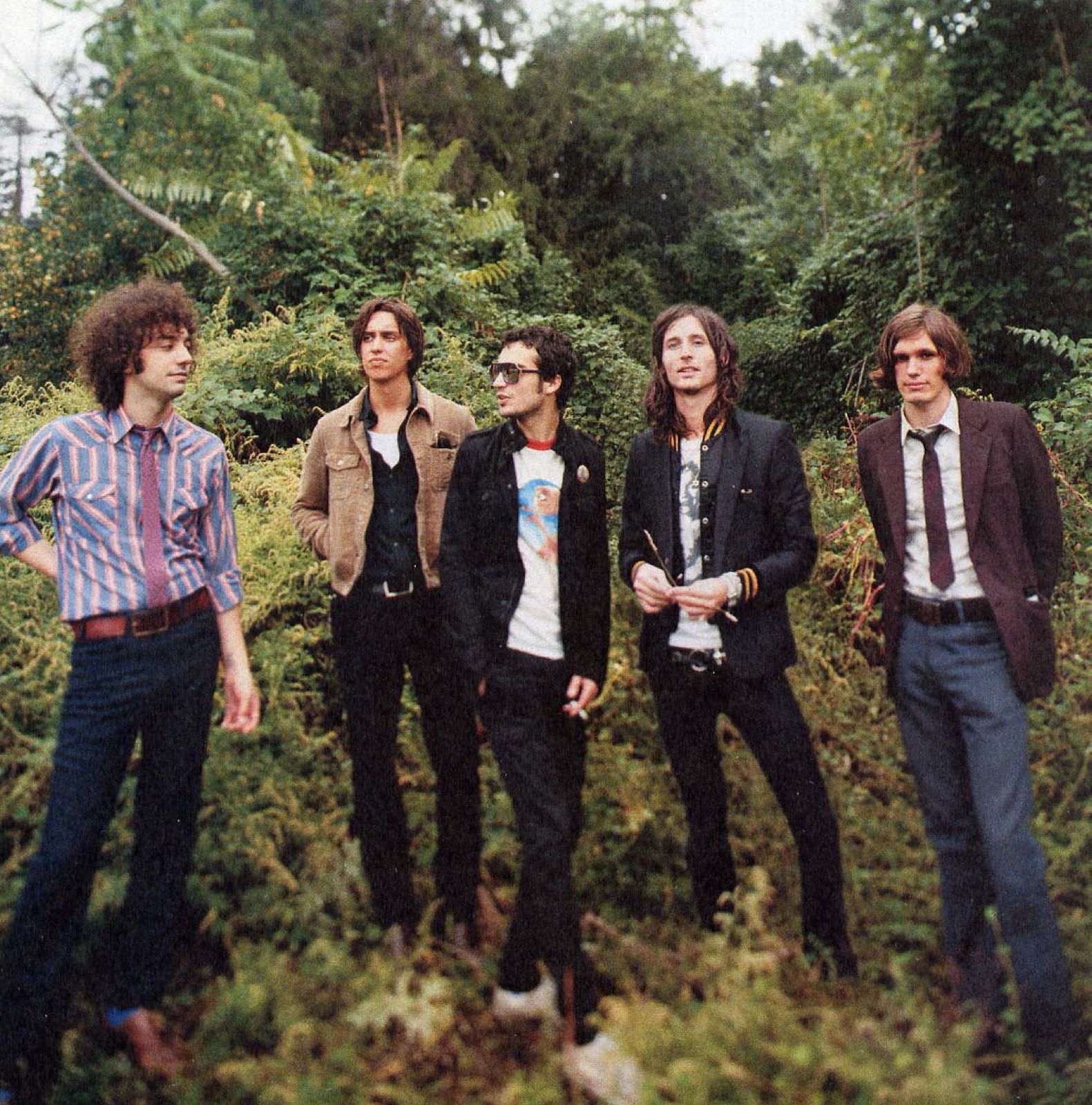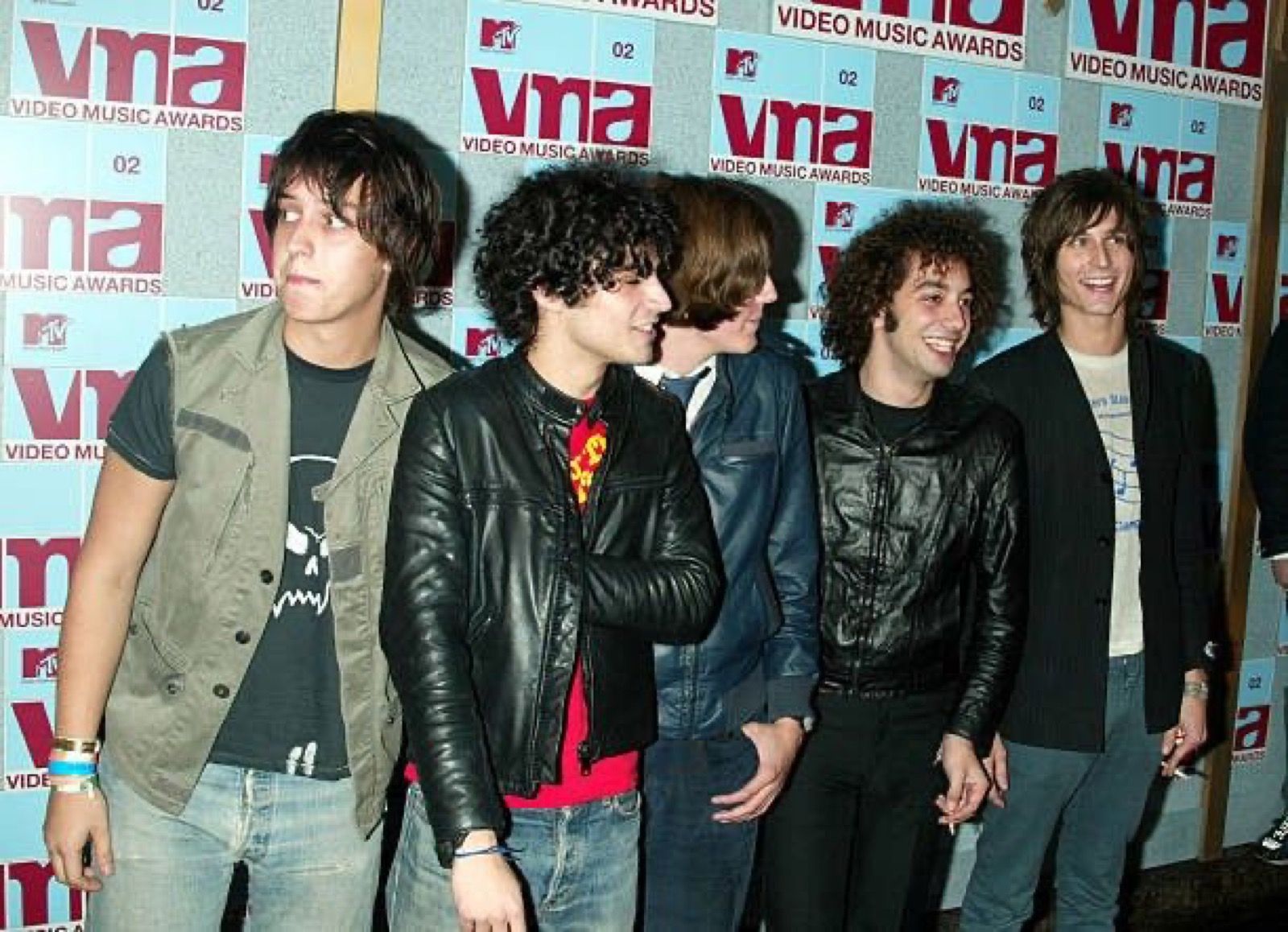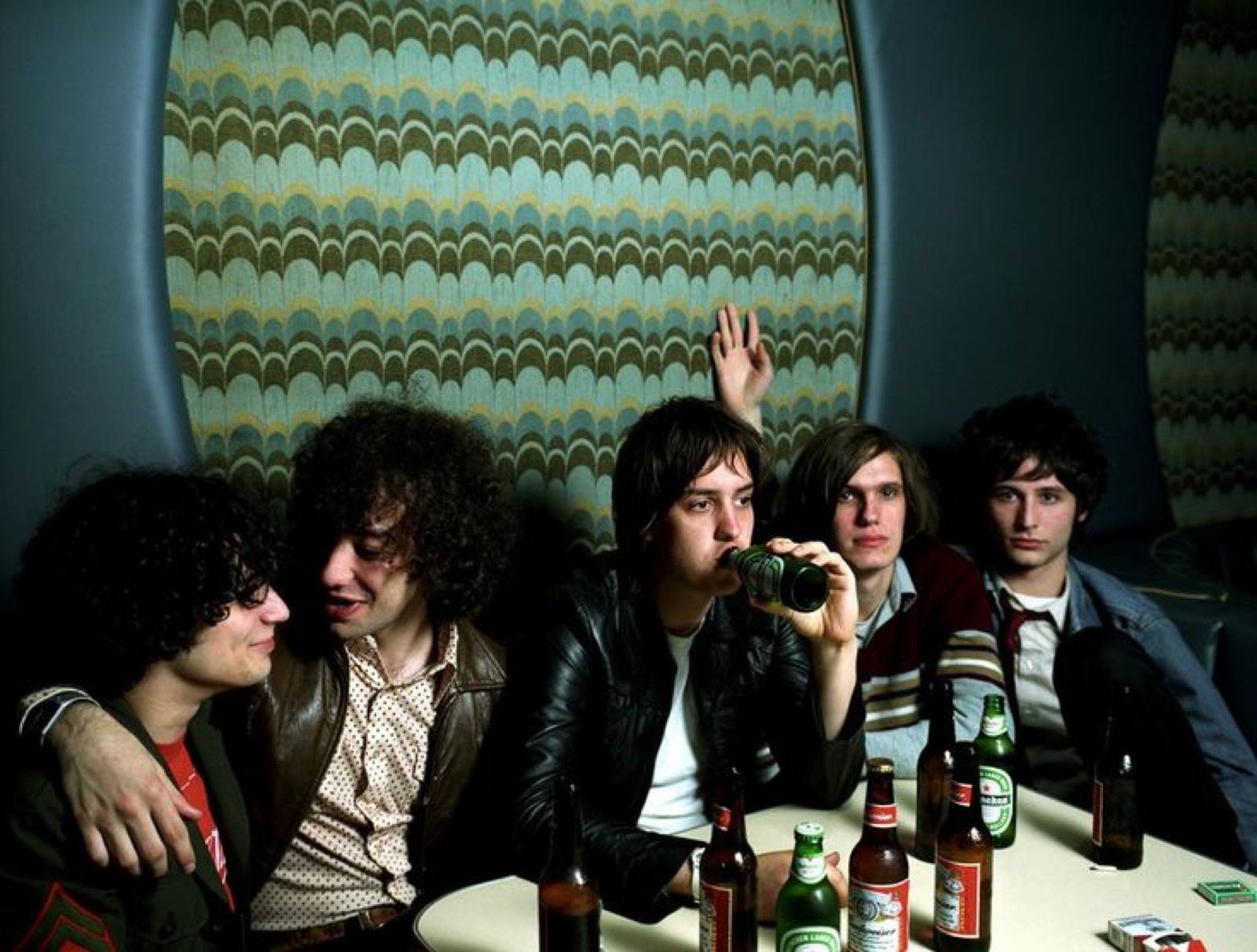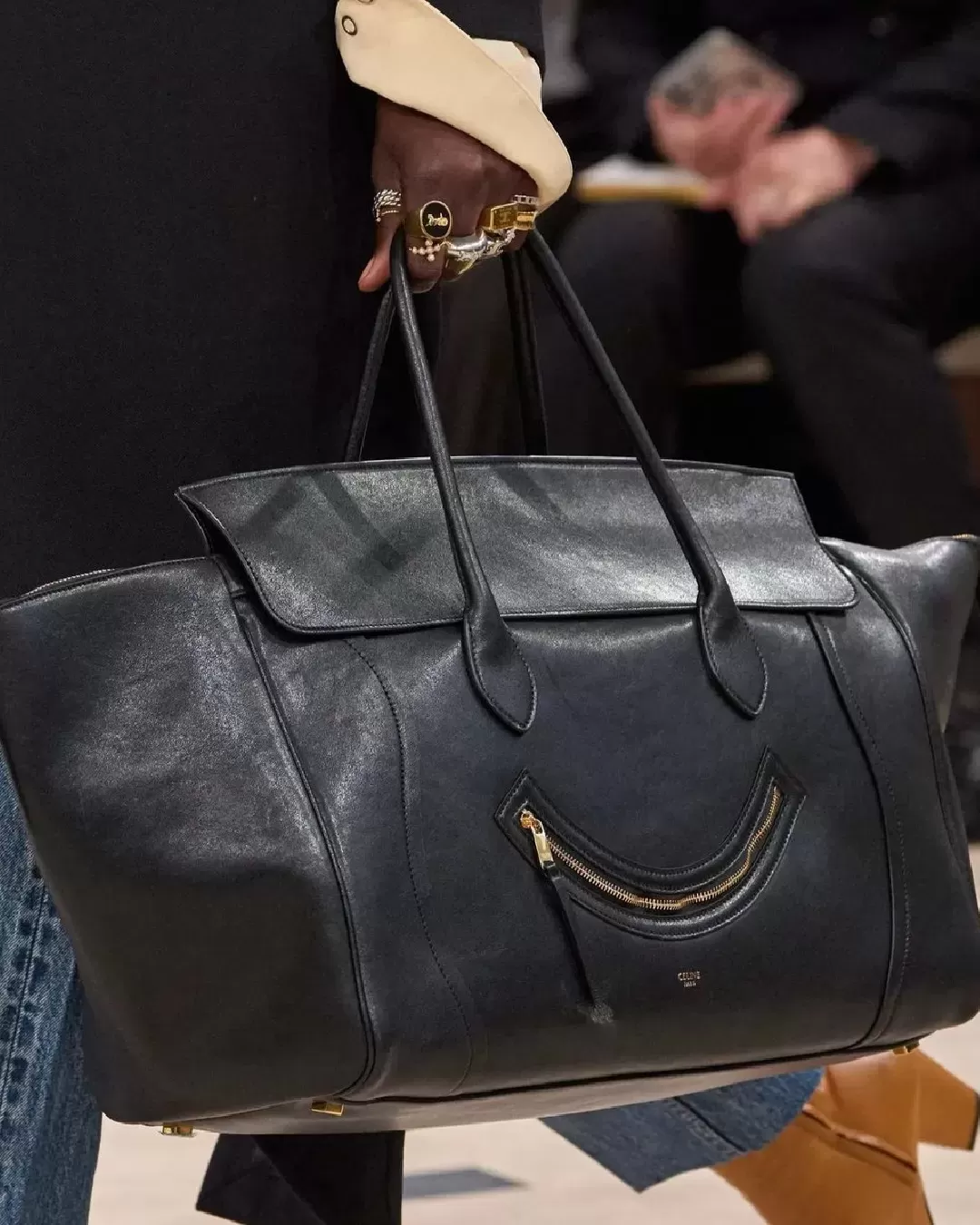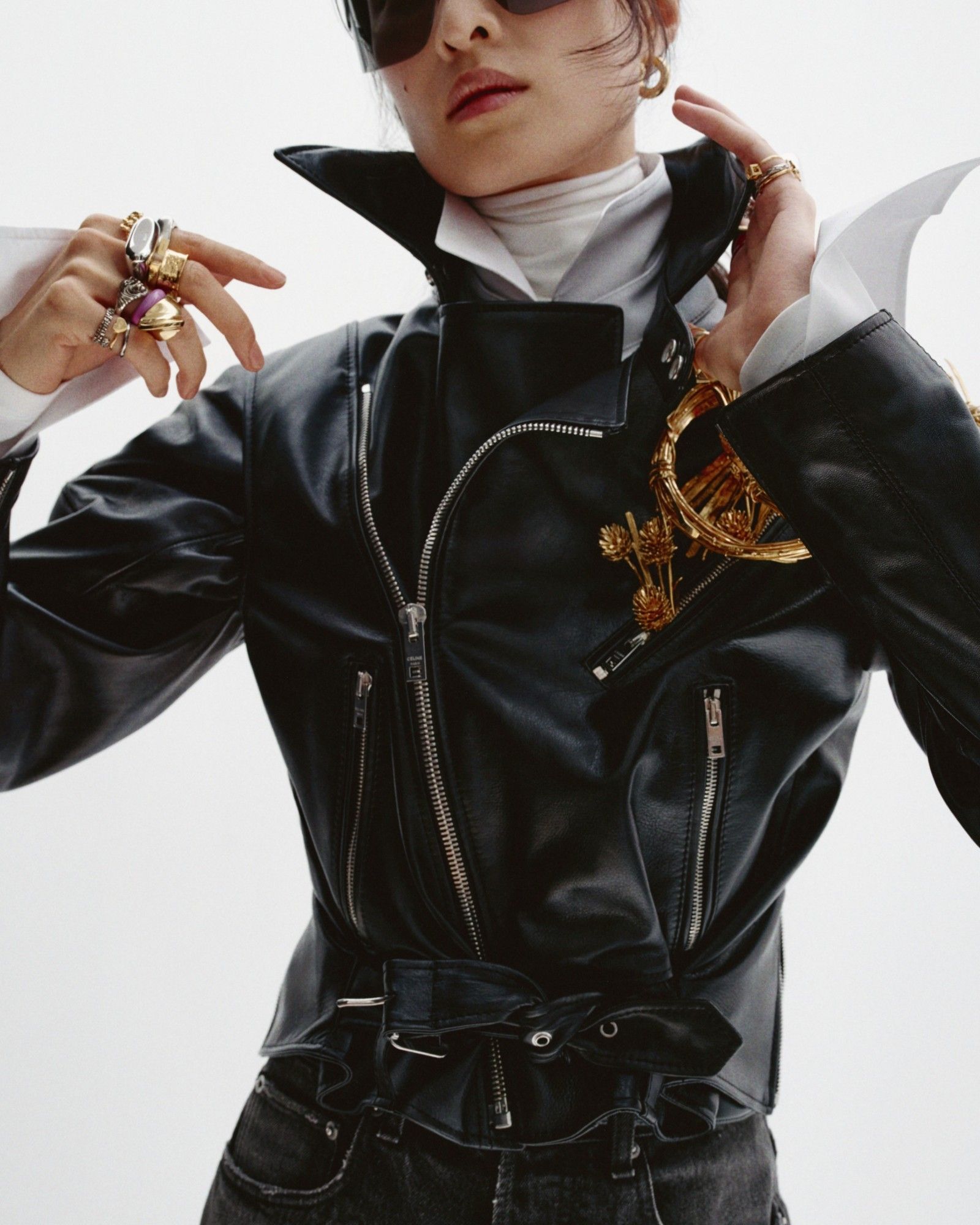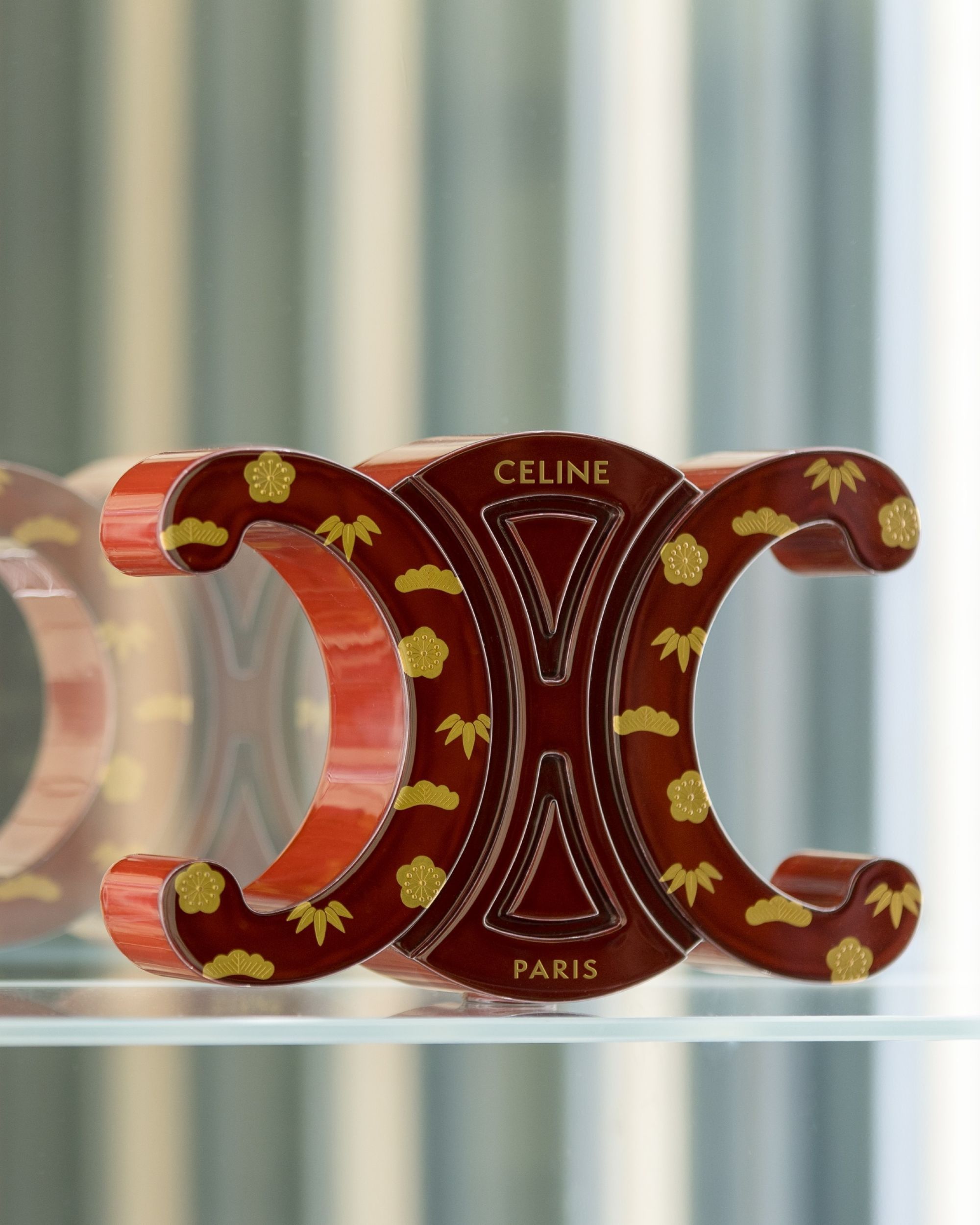
When The Strokes Invented Indie Sleaze And the debut of "Meet Me in the Bathroom" in Italian cinemas
Yesterday, Meet Me in the Bathroom, the documentary inspired by Lizzy Goodman's book that explores the rise of the New York music scene in the early 2000s opened in Italian cinemas. On the occasion of I Love Cinema Rock - a tribute to the glorious film in which the protagonists broadcast from a pirate ship in the middle of the ocean to spread rock music on the radio and circumvent the strict British laws dictating classical music - Carlo Pastore of the MiAmi Festival and RockIt, singer-songwriter Francesco Mandelli, stylist Susanna Ausoni, journalist Giuliana Matarrese and editor of the official NBA magazine Mauro Bevacqua, have evoked the debauched atmosphere of the Big Apple in the golden days within the walls of the Anteo cinema. Mouldy Peaches and the Yeah Yeah Yeahs, The Rapture and Interpol, LCD Soundsystem, Tv on The Radio, and, above all, The Strokes, who, with the track from Room on Fire that gives the title to the documentary, advertised sex on every available surface in the toilets of underground bars (anywhere is fine, just do not waste my time). The anthem of a generation that saw its paradigms shattered with 9/11, but did not stop chasing the carelessness of its years. The story of five Daddy's Boys in worn-out Converse and frayed T-shirts who changed not only the fate of mainstream rock but also the entire aesthetic of the genre with their post-grunge attitude.
Julian Casablancas is the spokesperson of this musical wave. His uniform of rumpled vintage T-shirts, bandleader jackets, and worn jeans perfectly matched his throttled voice. With greasy hair stuck to his face, he shouted into the microphone, "Is this it?" - a defiant contrast to the dreary glam of the era. His bandmates followed suit with their outlandish uniforms: cast-off suits, grandfather jumpers, scuffed motorbike jackets, and shaggy hair, a look that clearly belied their Upper East Side origins. From drummer Fabrizio Moretti, Drew Berrymore's longtime ex, in old Coca-Cola T-shirts, military coats, and bell-bottom jeans, to Nick Valensi's candy-pink blazer and Converse shoes, Albert Hammond Jr's tailored suits and Nikolai Fraiture's enviable hair, the Strokes' style worked because it was real because it was the look of losers before being losers became cool. «When The Strokes first started playing gigs, instead of getting into a costume for the shows, we talked about how we should dress every day, in real life, like we’re playing onstage,» Casablancas told GQ. «I don’t care about clothes, but it’s about wearing something that gives you social confidence. Or maybe helps you pick up chicks.»
As the band gained traction, a designer named Hedi Slimane (not coincidentally obsessed with rock music and a frequent visitor to New York clubs) introduced a new approach to clothing at Dior Homme. Previously, men's clothing had been tied to the stereotype of the handsome fit men, but soon ephemeral models who mimicked the effects of drugs on the human body took over the catwalks and the Strokes, with their rough and rebellious attitude, emaciated bodies, and lack of first-hand restraint, embodied a major shift.
Soon their common wardrobe of skinny jeans and ultra-thin ties spread to department stores around the world, dressing a generation of alternative youth with questionable hairstyles. The subculture we now call indie sleaze was absorbed by the commercial system and led to a shift in mainstream culture towards a more authentic DIY aesthetic (remember Shia LaBeouf's t-shirt in Transformers?). For millennials, these five guys are an indelible memory, along with Pete Doherty, the Arctic Monkeys, and Cheap Monday jeans that were too tight to give us proper blood circulation. For Gen Z, they epitomize an aesthetic that is currently en vogue (the hashtag has more than 104 million TikTok views and, according to trend forecasters, represents the "true vibe shift" after the Y2K interlude and the death of hype) and a genre of music that they learned about with At the Door. With Casablancas as Celine's ambassador and the big comeback of these slightly aged, cleaner, definitely soberer, but still inevitably iconic guys.










































